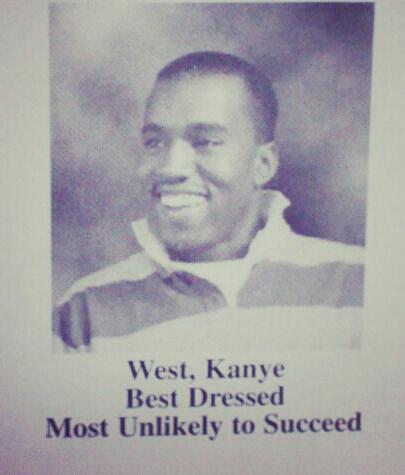what beautiful baby angels,
Monthly Archives: September 2013
Amazing Person Alert
It didn’t take much to impress me in my meme phase … I often look back on that time of my life, the cringeworthy folder on my computer, my unironic use of the word ‘epic’ (what a fail amiright? was I trollin’?) and feel a little nauseous. I mean it’s not even as though I was that young, I would have been at least 16, definitely old enough to know better.
To think that at the age when I was reading ‘y u no’ guy comics, thinking they were examples of nuanced, insightful commentary, people like Taylor Ruth Baldwin were actually publishing pieces of nuanced, insightful commentary is enough to make me want to throw my laptop through a wall.
As a high school junior, Indiana teen Baldwin created tumblr account, ‘Hanging Rock Comics’ (click a picture to visit the site) as a place to post the drawings and playlists which had been collecting in her exercise and sketchbooks. Within months the site had tens of thousands of regular subscribers seeing several posts topping 50,000 notes (‘likes’ and ‘reblogs’). This in turn would lead to collaborations with internationally notable projects such as Rookie magazine and the Station to Station artist transfer.My biographical knowledge of Baldwin doesn’t stretch much further than this, but in many ways this could be considered an interesting indicator of the nature of her work, as in many ways Baldwin’s personal situation is immaterial to her work …
See, while some of the comics she posts seem acutely personal:
They are also a) uncannily, creepily relatable and b) balanced with others which make blisteringly perceptive comment on situations and emotions shared by a lot of people:
Others are fascinating artifacts of American culture…
some are hilarious:
Wow, there’s more of Taylor Ruth’s stuff on there than there is of anything that I have written, needless to say I LOVE her work …
In order to up my word-count, one could note an interesting cultivation of internet presence on Baldwin’s part. While her work has a distinctly organic aesthetic, an active profile across various online media sharing platforms grants Baldwin the means by which to expand her audience, forging invaluable professional connections in the process. While indeed the effective digitalisation of her work would seem contradictory to the persona Baldwin projects (often making it clear that she does NOT have Facebook), it is an absolutely essential tool in the pragmatic realisation of a career as an independent artist, particularly at so young an age.
OMG
‘In Google We Trust’ –FOUR CORNERS
Being somewhere between disturbed and fascinated, I have often wondered about the pervasive nature of interaction which the internet has facilitated between individuals and institutions. When I say this, I’m not talking about the indelibility of the content one chooses to publish (I’ll save that one for another post), but the slippery slope between discourse and surveillance which could be considered the bi-product of hypertext getting ahead of itself.
Such a notion seems to have piqued many people’s interest, however, being ambiguous by it’s very nature, it becomes somewhat difficult to effectively describe, I’ll try to use an example … Last night I watched an episode of ‘Four Corners’ called in ‘Google we Trust,’ there was nothing particularly groundbreaking about it, it was one of many pieces which explore what the individual might divulge, voluntarily or otherwise, throughout the course of their internet activity.
The program tracked the activity of an Australian family, hoping to retrieve as much personal information as possible based on their use of various electronic devices. It was discovered that a number of Westfield shopping centres now have the capacity to track the model and position of smartphones with the intention of profiling shoppers and identifying high traffic areas. In a similar manner, transactional information(attained using programs such as FlyBuys) is moved through major supermarket chains into servers in the US in order to create personalised email advertising for customers.
(It is here that such developments might be compared to hypertext, while hypertext responds to requests by the user, new technologies such as these move further, preempting and fulfilling requests which are yet to be made.)
The program expresses concerns regarding information passing through the United States, describing routine government surveillance to which content might be subject. Indeed, the portrait which is painted is on the whole pretty sinister, without truly explaining why such developments ought to be viewed warily.
I’ll admit that the idea of non-consentual surveillance does not necessarily sit well with me, surely however, the information that one might now be sharing is really no more worrying than that which is recorded through more traditional means. Customer movement is tracked endlessly on CCTV, buyer habits in store records … personal information is divulged in any transaction from renting a DVD to ordering a pizza. I certainly don’t see how supermarket promotions would be of any interest to the US government.
With no immediate cause for concern that I can see, developments might perhaps be viewed in one of two ways, being seen either as the natural progression of technology in order to tailor the most convenient experience possible for the individual consumer, or a disturbing capacity being granted to governments and consumer giants which will over time only prove to be abused.
WATCH EPISODE HERE:









